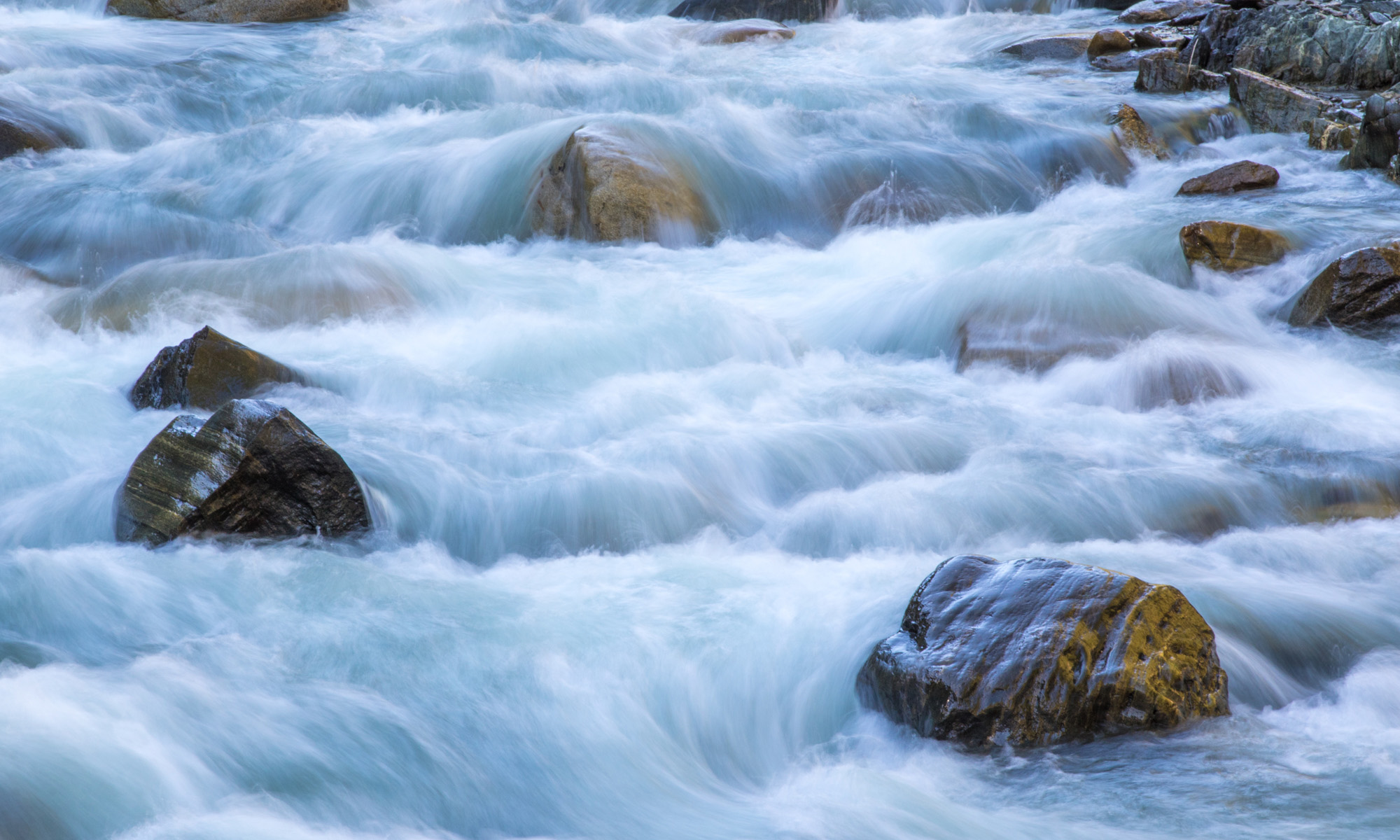Today’s Question: Is there any way to make the Camera Raw Filter in Photoshop automatically mirror the way I have things set up in Lightroom? Everything is there, but it’s often in a different place or has a different look. I would like it if opening the Camera Raw filter in Photoshop was virtually indistinguishable from Lightroom.
Tim’s Quick Answer: Unfortunately, no, it is not possible to change the Camera Raw interface match Lightroom Classic, as it is designed by Adobe to match the interface for the cloud-based version of Lightroom.
More Detail: I often explain that Camera Raw and the Develop module in Lightroom Classic are “the same”, meaning that feature all the exact same adjustments that are compatible with each other. For example, if you had processed a raw capture in Lightroom Classic and exported with the “Original” option for the Image Format, you would end up with a copy of the source raw capture and an XMP “sidecar” file that contained metadata including the Develop module adjustments. If you then opened that raw capture via Camera Raw in Photoshop, the image would look exactly as you had adjusted it in Lightroom Classic.
However, while the adjustments are the same for Camera Raw and Lightroom Classic, the interface is quite different between the two. That is because the interface for the cloud-based version of Lightroom is different from Lightroom Classic, and Camera Raw in Photoshop is designed to match the cloud-based version of Lightroom.
I’ll admit that Adobe seems incredibly determined to confuse photographers when it comes to the entire Lightroom ecosystem, and it is certainly frustrating that this confusion exists. But despite these issues, I do consider Lightroom Classic to be the better choice for most photographers compared to the cloud-based version of Lightroom.
The Camera Raw filter in Photoshop, by the way, is the focus of an article in the current February 2022 issue of Pixology magazine. Pixology magazine is included in the GreyLearning Ultimate Bundle (http://timgrey.me/atg99bundle), but is also available as a standalone subscription here:

